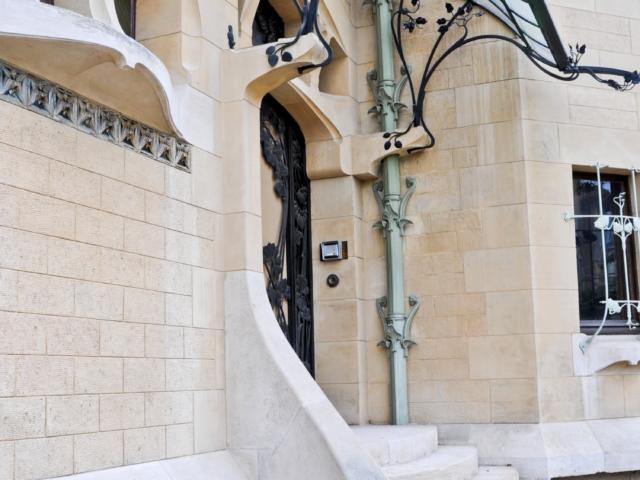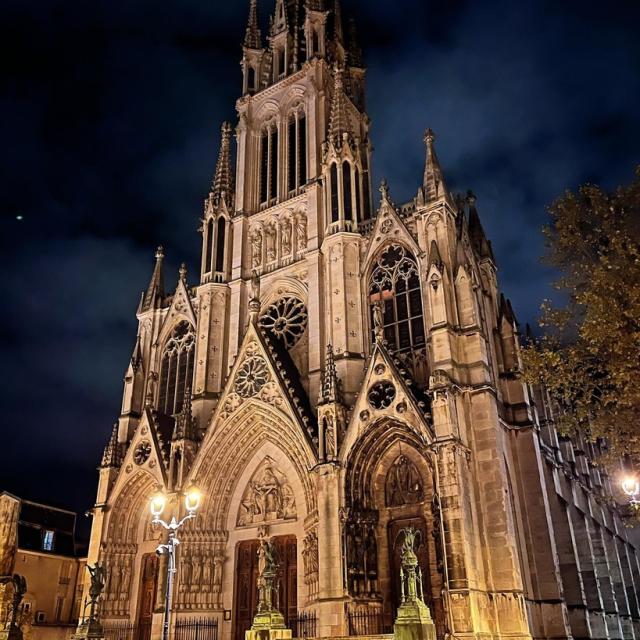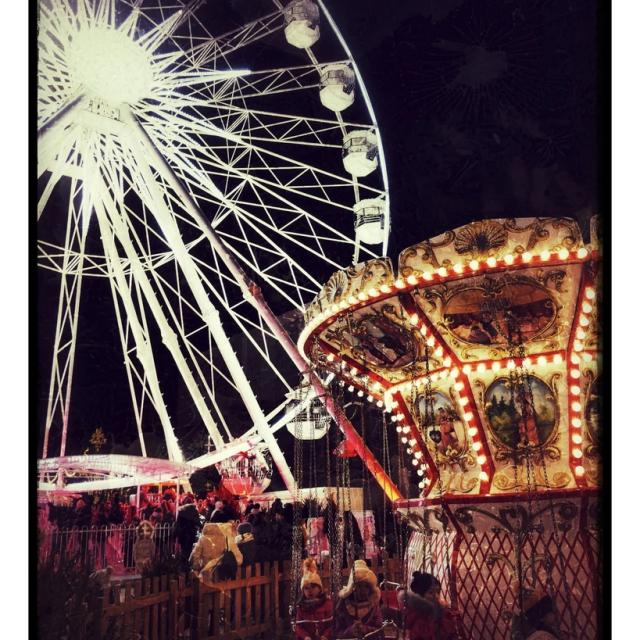The old town (Ville Vieille), from Place Saint-Epvre to the Porte de la Craffe
Step back in time and wander through Nancy’s historic centre following the maze of narrow streets around the Palace of the Dukes of Lorraine and the Grande Rue. Stop in front of the Porterie and admire the statue of Duke Antoine on his horse! At the end of the Grand Rue, the imposing Porte de la Craffe is still the northern gateway to the medieval city.
The narrow streets between Place Saint-Epvre and the Porte de la Craffe abound with small shops and a huge variety of restaurants and bars. There’s a timeless atmosphere during the day, and at night it’s very lively!
Don’t miss the Cordeliers church (Saint-François des Cordeliers) and its chapel which houses the tombs of the dukes of Lorraine. A must-see. Did you know, the dome was modelled on that of the Medici Chapel in Florence?






















